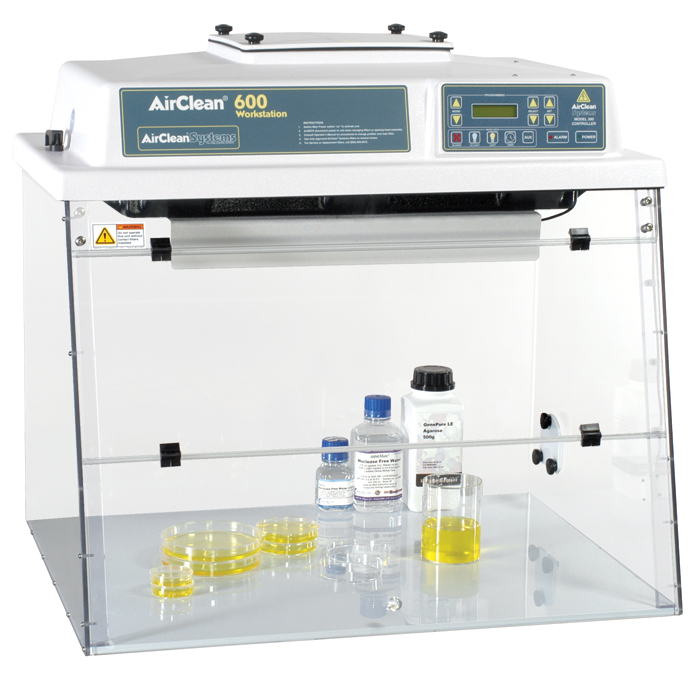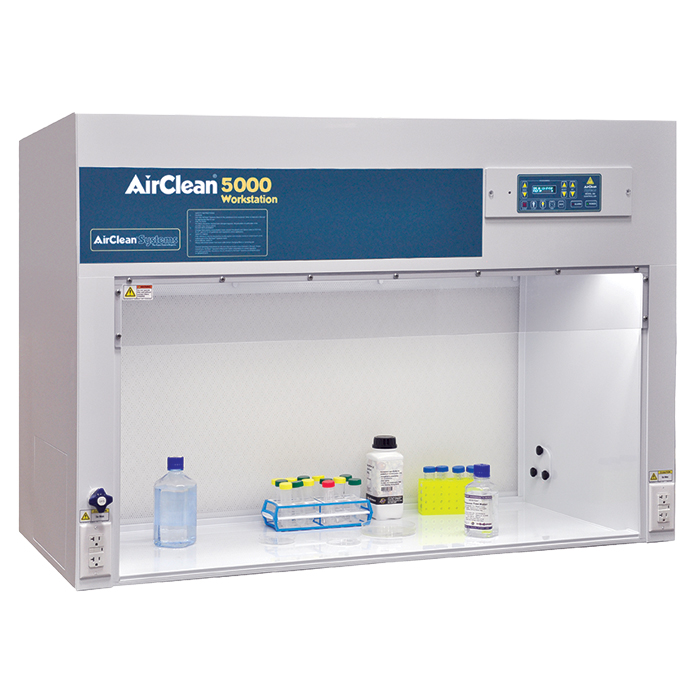
Preventing Contamination of Plant Tissue Cultures
What is Plant Tissue Culture?
The ability to culture plant cells in the laboratory was first demonstrated in the late 19th century. Today, plant tissue culture is an indispensable tool for research and commercial applications. Plant tissue culture is a method or process used to grow and sustain plant cells, tissues, or organs in a controlled environment outside their natural setting. Explants, or small pieces of plant tissue, are carefully selected from a desired source (ex., wild or diseased plant) and placed onto a sterile, nutrient-rich medium. After this inoculation process, the cultures are placed in a controlled environment or growth chamber, where temperature, light intensity, and photoperiod can be regulated. Eventually, the explants grow and develop enough to be transferred to soil or preserved for future use.
Plant Tissue Culture Applications
Plant cultures can be used in a variety of fields. Genetically identical plants, also known as clones, can be mass-produced utilizing tissue culture techniques in agriculture, horticulture, and forestry. Similarly, breeding and genetic engineering to create new plant varieties with favorable traits is dependent upon the ability to culture these plants in a controlled laboratory setting. Together, these advancements have revolutionized agriculture and contributed to various crop improvement strategies. Beyond agriculture, plant tissue culture promotes conservation efforts by permitting disease-free plants and/or rare and endangered plant species propagation. Additionally, plant tissue culture serves as a platform for various biotechnological applications, including the production of pharmaceuticals, secondary metabolites, and biofuels.
Challenges in Plant Tissue Culture: Microbial Contaminants and Impure Cultures
Despite its versatility and seemingly endless application, plant tissue culture does have its limits. One of the biggest challenges associated with this type of plant culture is contamination with bacteria, fungi, or viruses. These microbial contaminants can come from various sources, such as the explant itself, media, equipment, or the environment. Unfortunately, these microorganisms thrive in the warm, damp, and nutrient-rich environments that most plant cultures require for growth, making plant tissue cultures highly susceptible to microbial contamination. In facilities that handle many plant cultures simultaneously, cultures may also be vulnerable to cross-contamination, resulting in impure plant cultures. Impure cultures or the presence of microbial contaminants can impact the growth and development of healthy plant cells and hinder plant culture yields or experimental results. Therefore, equipment and culture media should be properly sterilized before use, and plant tissue cultures should be handled aseptically within a laminar flow hood or workstation. A ductless enclosure with a vertical laminar flow that blows HEPA filtered air onto the workspace can provide a clean environment for plant tissue culture. Contaminated air from the workspace is then exhausted through the front sash to keep the workspace clean. The laminar flow hood or workstation should be cleaned and disinfected regularly to prevent workspace contamination.
Plant tissue culture has a variety of scientific and commercial applications. However, these cultures are highly susceptible to microbial contamination. Proper sterilization of equipment and media, as well as the use of a laminar flow hood or workstation, can help to maintain aseptic conditions and prevent contamination from environmental sources and other plant cultures. Contaminant-free cultures promote optimal plant growth and development to increase plant yield and ensure accurate experimental results for any application.


